three books bound in contemporary velum on pasteboards with fabric ties, recent bookplate for 'Ex Libris lato Ivan Pozeg', as:
Book1: Andreas Vesalius, Anatomia, 1604, Venice: Giovanni Antonio and Giacomo de Franceschis, 2 parts in 1 Vol. engraved title with Vesalius proforming a dissection surrounded by architectural boarder incorporating bodies in various staes of dissection, with tabel at base arranged with surgical instruments, minor Contemporary manuscript to some margins, light browning but generally very good
Andreas Vesalius (1514–1564), often hailed as the "Father of Modern Anatomy," was a pioneering Flemish anatomist and physician whose then groundbreaking work revolutionized the study of the human body. Educated at the University of Louvain and the University of Padua, Vesalius challenged the prevailing reliance on ancient texts by advocating for hands-on dissection and observation. His monumental work, De Humani Corporis Fabrica (1543), was a masterpiece of anatomical precision, featuring intricate illustrations that set a new standard for medical texts.
Vesalius's insistence on empirical evidence over traditional authority laid the foundation for modern medical science. His dissections and detailed observations corrected many errors in Galenic anatomy, earning him both acclaim and controversy in his time. Later in his career, Vesalius served as court physician to Emperor Charles V and King Philip II of Spain. His work continues to influence medical education and anatomical research.
Book Description:
The 1604 edition of Anatomis by Andreas Vesalius is a significant publication that underscores his revolutionary contributions to anatomy. This folio volume is a refined and expanded work, incorporating Vesalius's earlier findings alongside updated insights that reflect the evolving understanding of human anatomy in the early 17th century.
The text is richly illustrated with detailed woodcut engravings, showcasing Vesalius's approach to the study of the human body. Each anatomical structure is depicted with artistic precision and scientific clarity, making this edition a valuable resource for physicians and scholars of the period. The work includes sections on skeletal, muscular, and organ systems, accompanied by annotations that highlight both anatomical function and surgical relevance.
Book 2: Rufus of Ephesus, with commentary by Fabius Paulinus, Universa Antiquorum Anatome, Tam Ossium, Quam Partium & Externarum, & Internarum, 1604, Published in Venice by Io. Antonium and Jacobum de Franciscis
Rufus of Ephesus was a physician and anatomist of the 1st century CE, whose contributions to medical science were foundational in antiquity. Active during the height of the Roman Empire, Rufus was noted for his studies in anatomy and clinical medicine. His works, which often integrated practical medical advice with philosophical insights, greatly influenced subsequent generations of physicians in both the Greco-Roman and Islamic worlds. His detailed anatomical observations, particularly on the human body’s internal organs, were a precursor to later advancements in anatomical studies.
The 1604 edition was edited and expanded by Fabius Paulinus, a Renaissance scholar who brought Rufus’s works to a wider audience. Paulinus supplemented the original text with additional commentary and illustrations, translating some previously inaccessible Greek fragments into Latin for the first time, including sections from the writings of Soranus of Ephesus, another influential ancient physician.
Book Description:
This 1604 folio edition, Universa Antiquorum Anatome, is a landmark in anatomical literature. It presents the detailed anatomical knowledge of Rufus of Ephesus, supplemented with the scholarly additions of Fabius Paulinus. The text explores both external and internal structures of the human body, providing insights into ancient medical practices and observations. A key feature of this edition is the inclusion of a fragment from Soranus of Ephesus, newly translated into Latin, which discusses the anatomy and function of the uterus.
The title page is adorned with an intricate engraving, symbolizing the union of classical learning and Renaissance scientific inquiry. Published in Venice by Io. Antonium and Jacobum de Franciscis, the work reflects the high standards of early 17th-century Venetian printing.
Book 3: Girolamo Fabrizio d'Acquapendente, Le Opere Chirurgiche di Girolamo Fabrizio d'Acquapendente, 1683, Printed in Padua by Giacomo Cadorino
Girolamo Fabrizio d'Acquapendente (1537–1619) was an Italian anatomist and surgeon, often called the "Father of Embryology." Educated at the University of Padua, Fabrizio was a key figure in the development of anatomical and surgical sciences during the Renaissance. His teaching and writings laid the foundation for modern anatomy and surgery, with particular contributions to understanding the venous system, the mechanics of the human body, and the development of embryos.
Fabrizio was appointed as the chair of surgery and anatomy at Padua, where he taught for over 50 years. He is best remembered for his discovery of the valves in veins and his detailed studies of fetal development, which were milestones in medical science. His influence extended to many of his students, including William Harvey, who would later discover the circulation of blood. Fabrizio's writings and illustrations were groundbreaking, combining scientific rigor with artistic excellence.
Book Description:
This 1683 edition of Le Opere Chirurgiche is a comprehensive compilation of Girolamo Fabrizio d'Acquapendente’s surgical works, translated into Italian and expanded with additional commentary. Divided into two parts, the first section covers the treatment of tumors, wounds, ulcers, fractures, and other surgical conditions. The second part focuses on major surgical operations and includes insights into techniques and instruments used during the Renaissance.
Printed in Padua by Giacomo Cadorino, this folio edition also features a supplement by Marco Aurelio Severino, providing a concise overview of surgical principles, making it an invaluable resource for surgeons and anatomists of the time. The elaborate engraved title page reflects the artistic and intellectual spirit of 17th-century Padua, a hub of medical innovation.
three books bound in contemporary velum on pasteboards with fabric ties, recent bookplate for 'Ex Libris lato Ivan Pozeg', as:
Book1: Andreas Vesalius, Anatomia, 1604, Venice: Giovanni Antonio and Giacomo de Franceschis, 2 parts in 1 Vol. engraved title with Vesalius proforming a dissection surrounded by architectural boarder incorporating bodies in various staes of dissection, with tabel at base arranged with surgical instruments, minor Contemporary manuscript to some margins, light browning but generally very good
Andreas Vesalius (1514–1564), often hailed as the "Father of Modern Anatomy," was a pioneering Flemish anatomist and physician whose then groundbreaking work revolutionized the study of the human body. Educated at the University of Louvain and the University of Padua, Vesalius challenged the prevailing reliance on ancient texts by advocating for hands-on dissection and observation. His monumental work, De Humani Corporis Fabrica (1543), was a masterpiece of anatomical precision, featuring intricate illustrations that set a new standard for medical texts.
Vesalius's insistence on empirical evidence over traditional authority laid the foundation for modern medical science. His dissections and detailed observations corrected many errors in Galenic anatomy, earning him both acclaim and controversy in his time. Later in his career, Vesalius served as court physician to Emperor Charles V and King Philip II of Spain. His work continues to influence medical education and anatomical research.
Book Description:
The 1604 edition of Anatomis by Andreas Vesalius is a significant publication that underscores his revolutionary contributions to anatomy. This folio volume is a refined and expanded work, incorporating Vesalius's earlier findings alongside updated insights that reflect the evolving understanding of human anatomy in the early 17th century.
The text is richly illustrated with detailed woodcut engravings, showcasing Vesalius's approach to the study of the human body. Each anatomical structure is depicted with artistic precision and scientific clarity, making this edition a valuable resource for physicians and scholars of the period. The work includes sections on skeletal, muscular, and organ systems, accompanied by annotations that highlight both anatomical function and surgical relevance.
Book 2: Rufus of Ephesus, with commentary by Fabius Paulinus, Universa Antiquorum Anatome, Tam Ossium, Quam Partium & Externarum, & Internarum, 1604, Published in Venice by Io. Antonium and Jacobum de Franciscis
Rufus of Ephesus was a physician and anatomist of the 1st century CE, whose contributions to medical science were foundational in antiquity. Active during the height of the Roman Empire, Rufus was noted for his studies in anatomy and clinical medicine. His works, which often integrated practical medical advice with philosophical insights, greatly influenced subsequent generations of physicians in both the Greco-Roman and Islamic worlds. His detailed anatomical observations, particularly on the human body’s internal organs, were a precursor to later advancements in anatomical studies.
The 1604 edition was edited and expanded by Fabius Paulinus, a Renaissance scholar who brought Rufus’s works to a wider audience. Paulinus supplemented the original text with additional commentary and illustrations, translating some previously inaccessible Greek fragments into Latin for the first time, including sections from the writings of Soranus of Ephesus, another influential ancient physician.
Book Description:
This 1604 folio edition, Universa Antiquorum Anatome, is a landmark in anatomical literature. It presents the detailed anatomical knowledge of Rufus of Ephesus, supplemented with the scholarly additions of Fabius Paulinus. The text explores both external and internal structures of the human body, providing insights into ancient medical practices and observations. A key feature of this edition is the inclusion of a fragment from Soranus of Ephesus, newly translated into Latin, which discusses the anatomy and function of the uterus.
The title page is adorned with an intricate engraving, symbolizing the union of classical learning and Renaissance scientific inquiry. Published in Venice by Io. Antonium and Jacobum de Franciscis, the work reflects the high standards of early 17th-century Venetian printing.
Book 3: Girolamo Fabrizio d'Acquapendente, Le Opere Chirurgiche di Girolamo Fabrizio d'Acquapendente, 1683, Printed in Padua by Giacomo Cadorino
Girolamo Fabrizio d'Acquapendente (1537–1619) was an Italian anatomist and surgeon, often called the "Father of Embryology." Educated at the University of Padua, Fabrizio was a key figure in the development of anatomical and surgical sciences during the Renaissance. His teaching and writings laid the foundation for modern anatomy and surgery, with particular contributions to understanding the venous system, the mechanics of the human body, and the development of embryos.
Fabrizio was appointed as the chair of surgery and anatomy at Padua, where he taught for over 50 years. He is best remembered for his discovery of the valves in veins and his detailed studies of fetal development, which were milestones in medical science. His influence extended to many of his students, including William Harvey, who would later discover the circulation of blood. Fabrizio's writings and illustrations were groundbreaking, combining scientific rigor with artistic excellence.
Book Description:
This 1683 edition of Le Opere Chirurgiche is a comprehensive compilation of Girolamo Fabrizio d'Acquapendente’s surgical works, translated into Italian and expanded with additional commentary. Divided into two parts, the first section covers the treatment of tumors, wounds, ulcers, fractures, and other surgical conditions. The second part focuses on major surgical operations and includes insights into techniques and instruments used during the Renaissance.
Printed in Padua by Giacomo Cadorino, this folio edition also features a supplement by Marco Aurelio Severino, providing a concise overview of surgical principles, making it an invaluable resource for surgeons and anatomists of the time. The elaborate engraved title page reflects the artistic and intellectual spirit of 17th-century Padua, a hub of medical innovation.
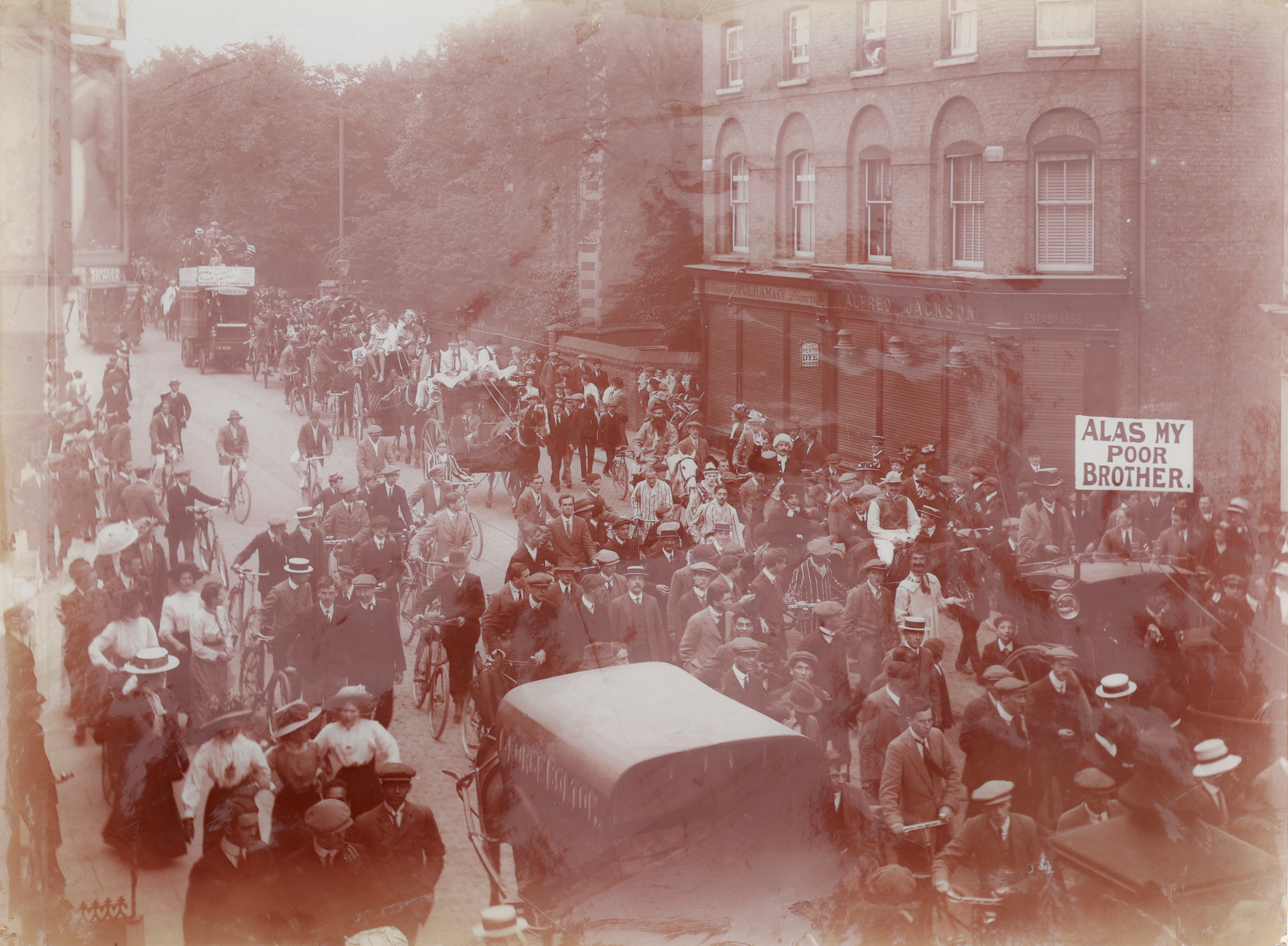
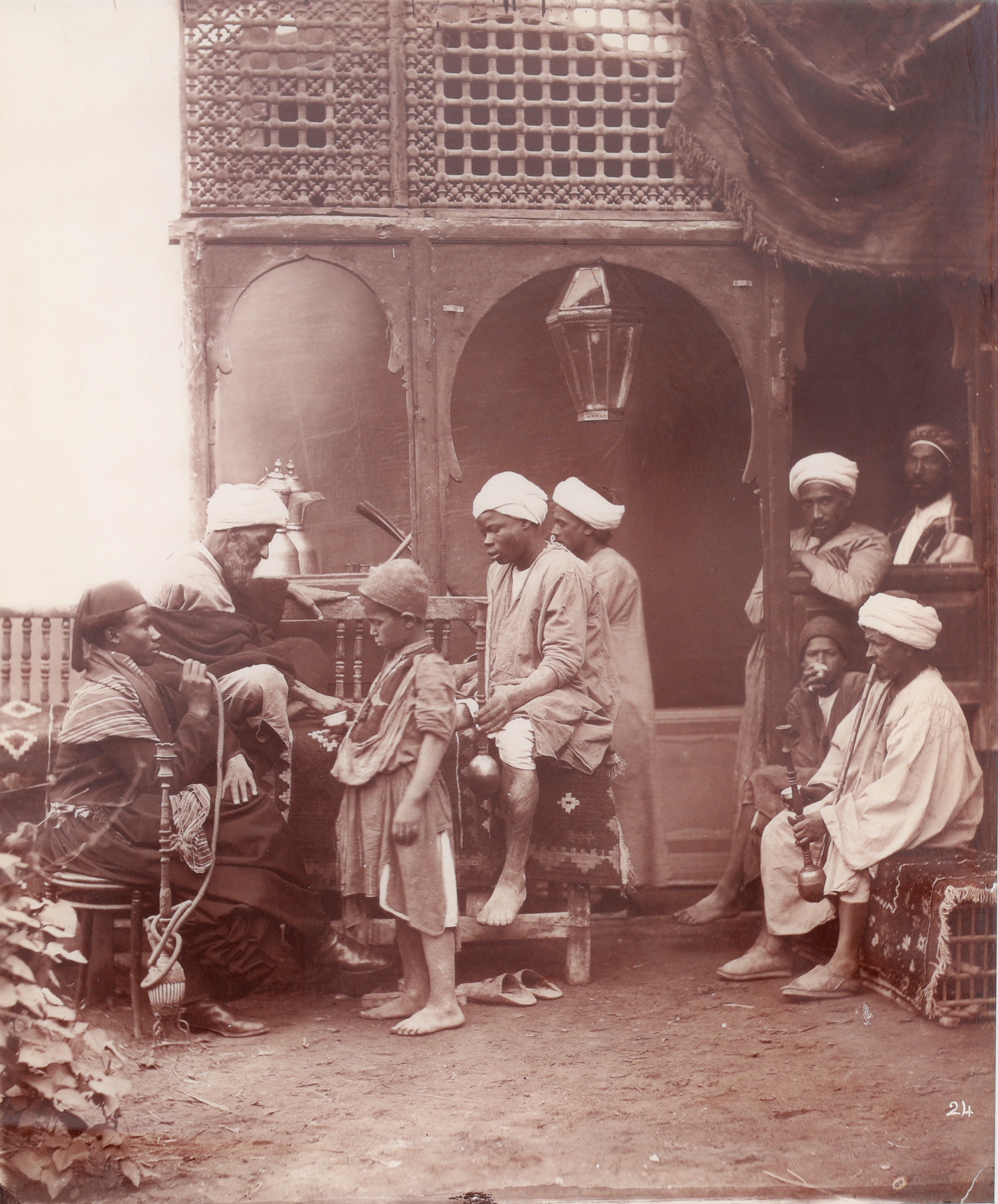
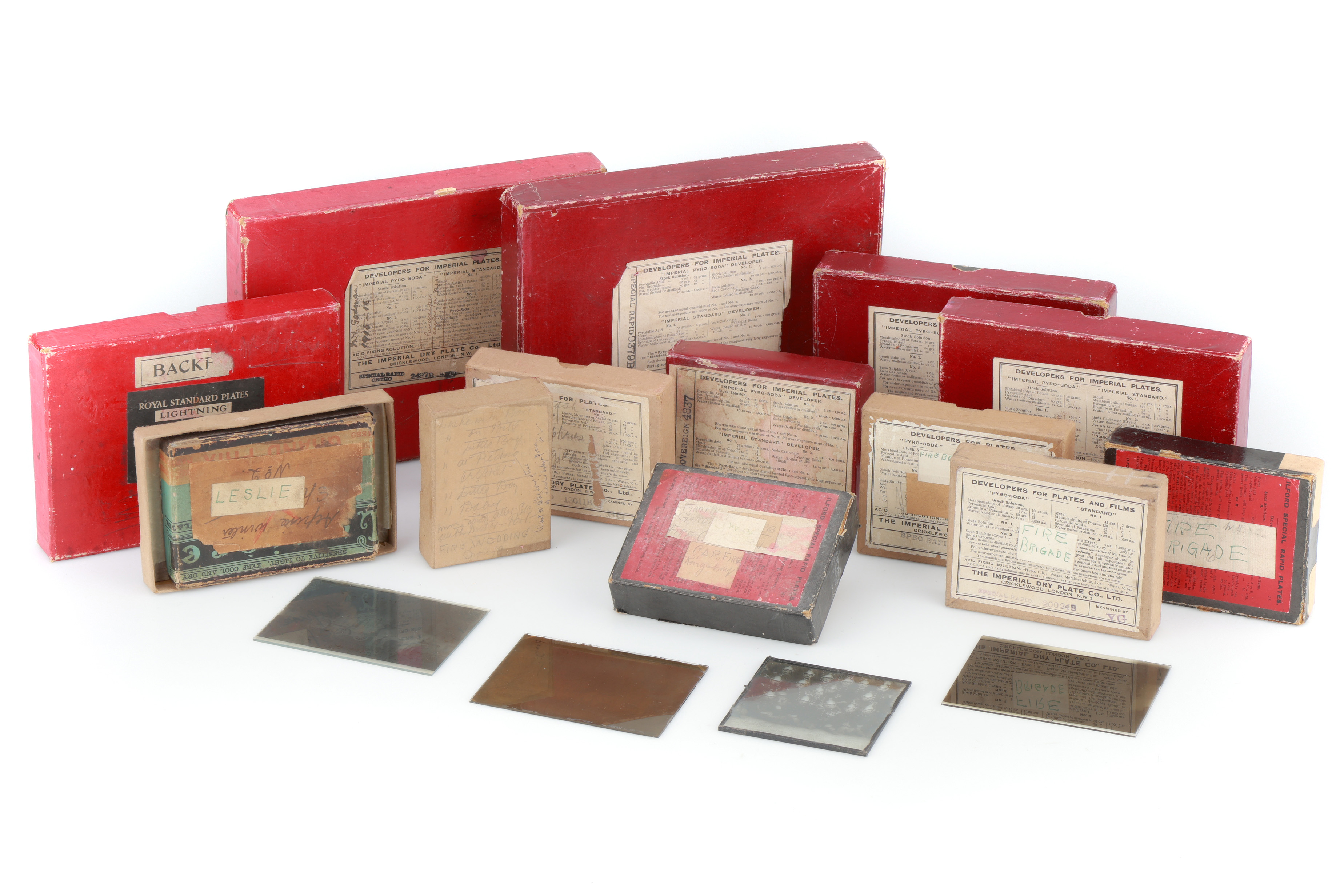
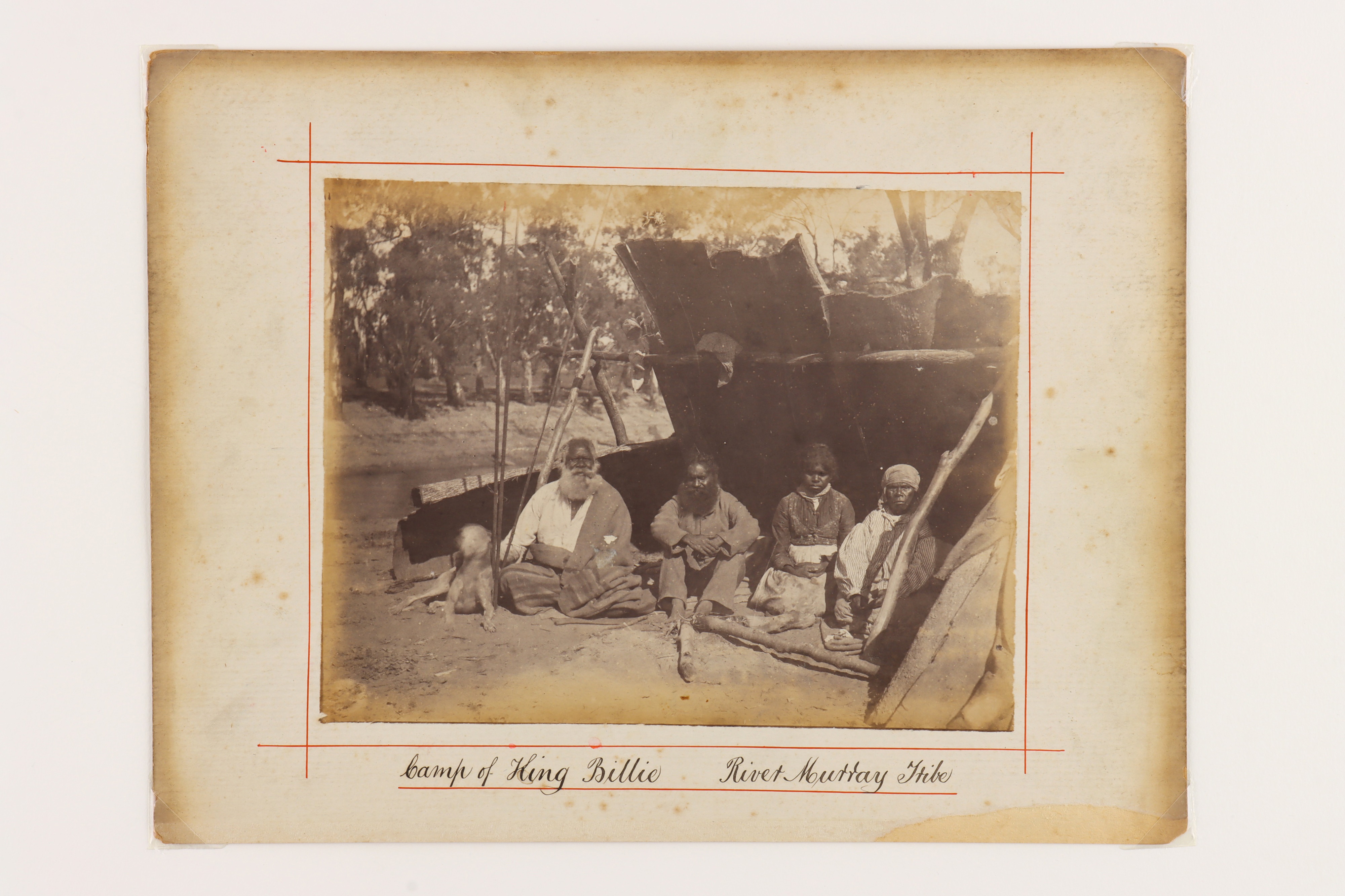
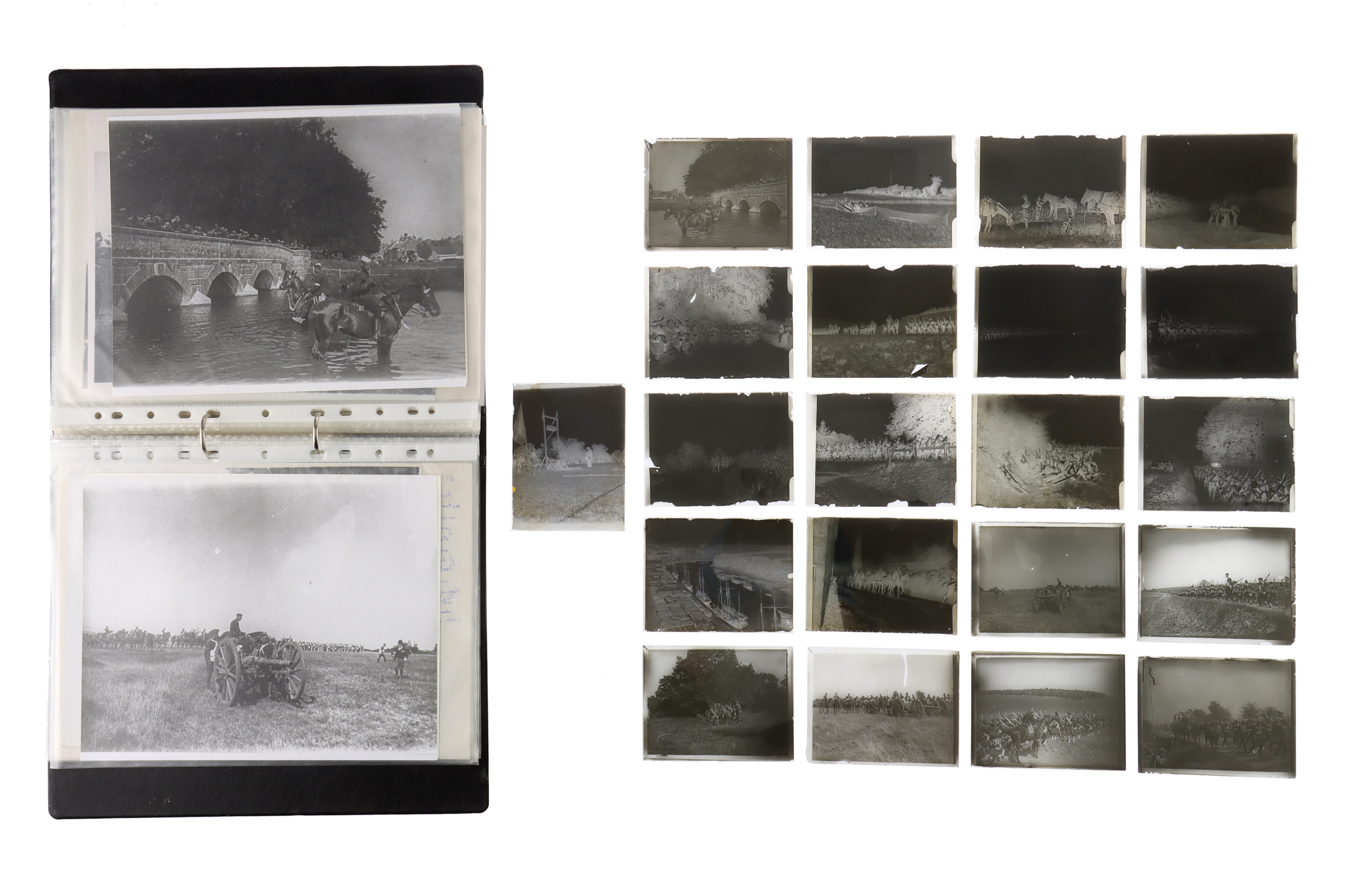
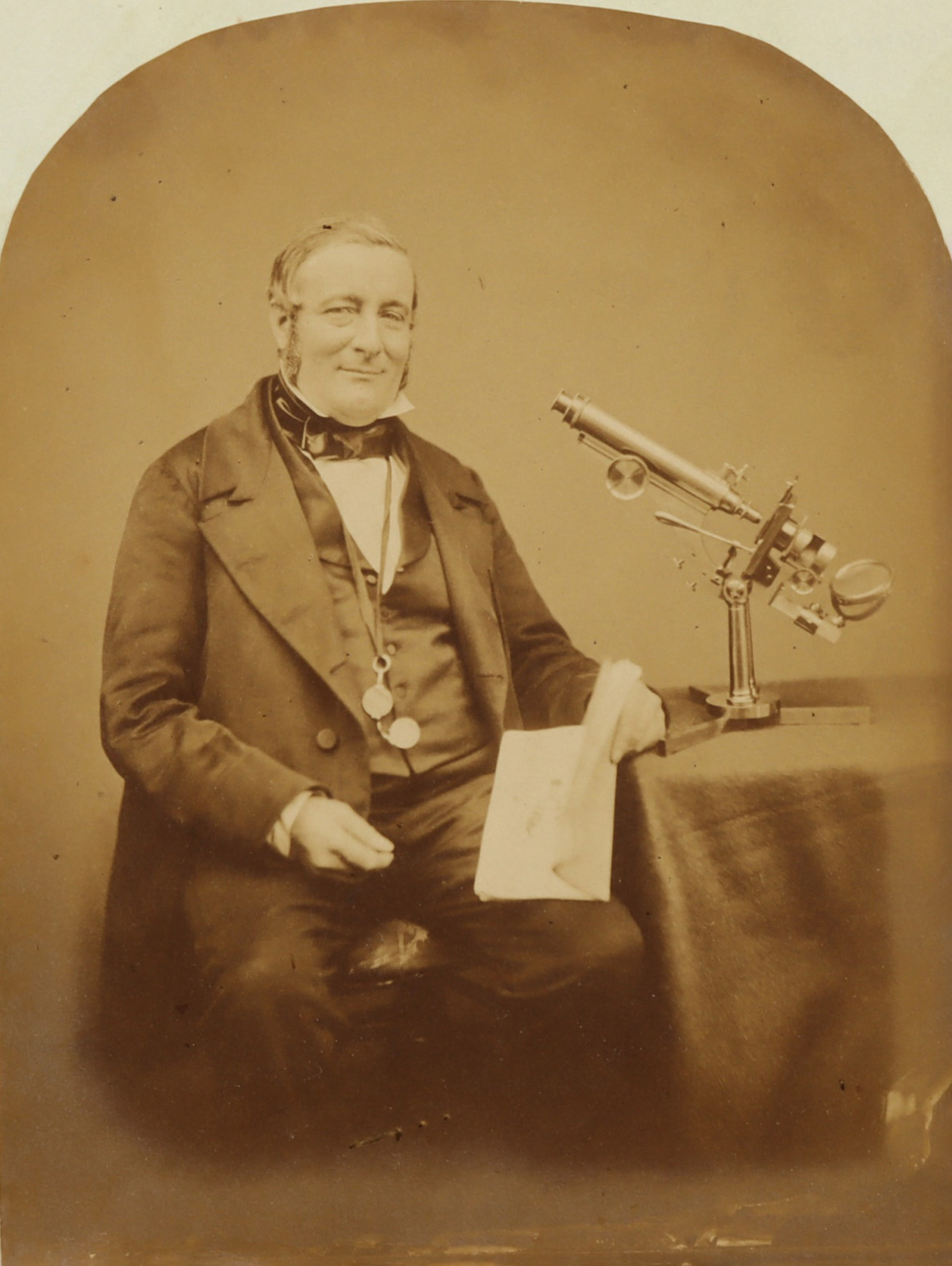
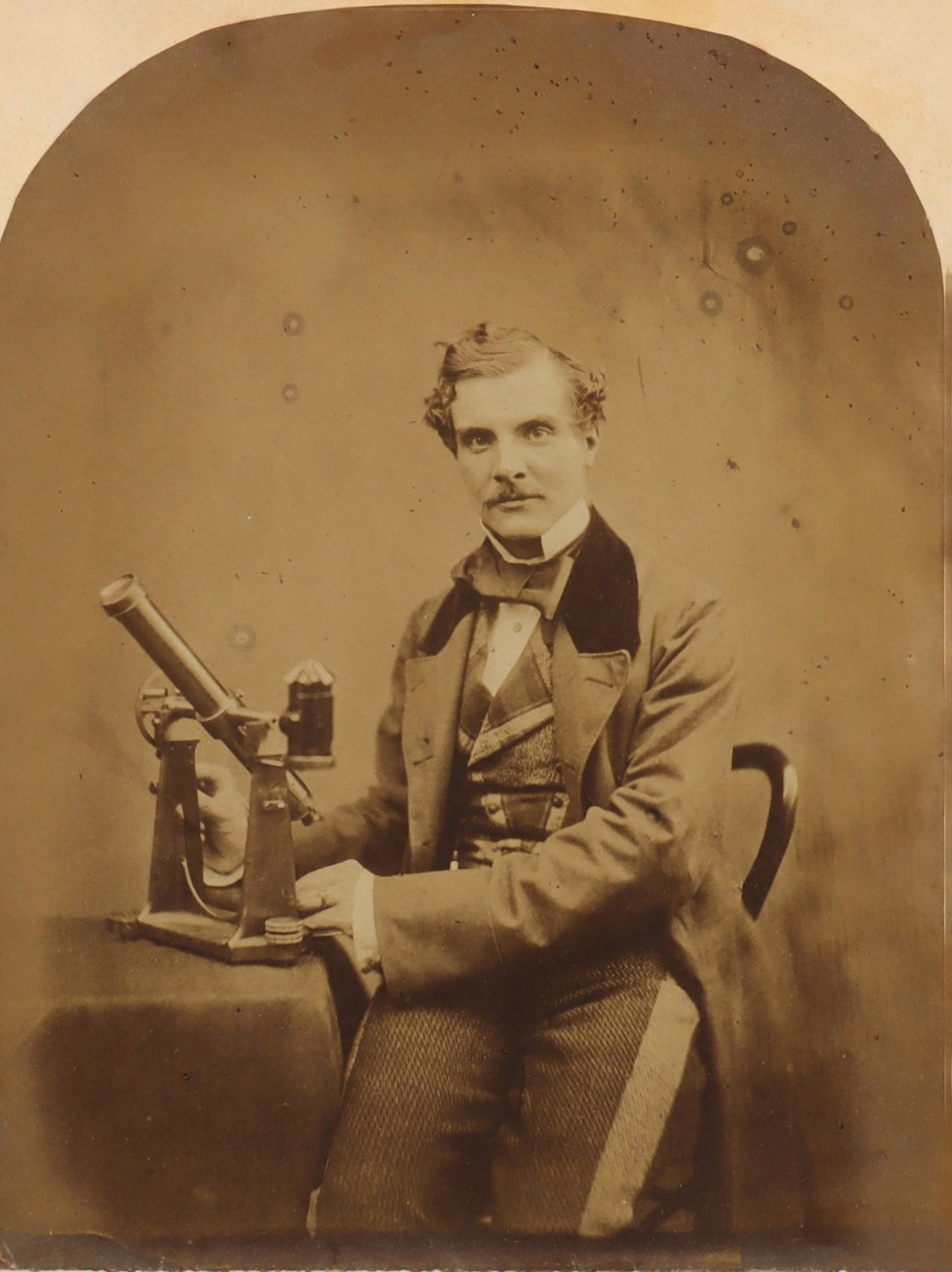


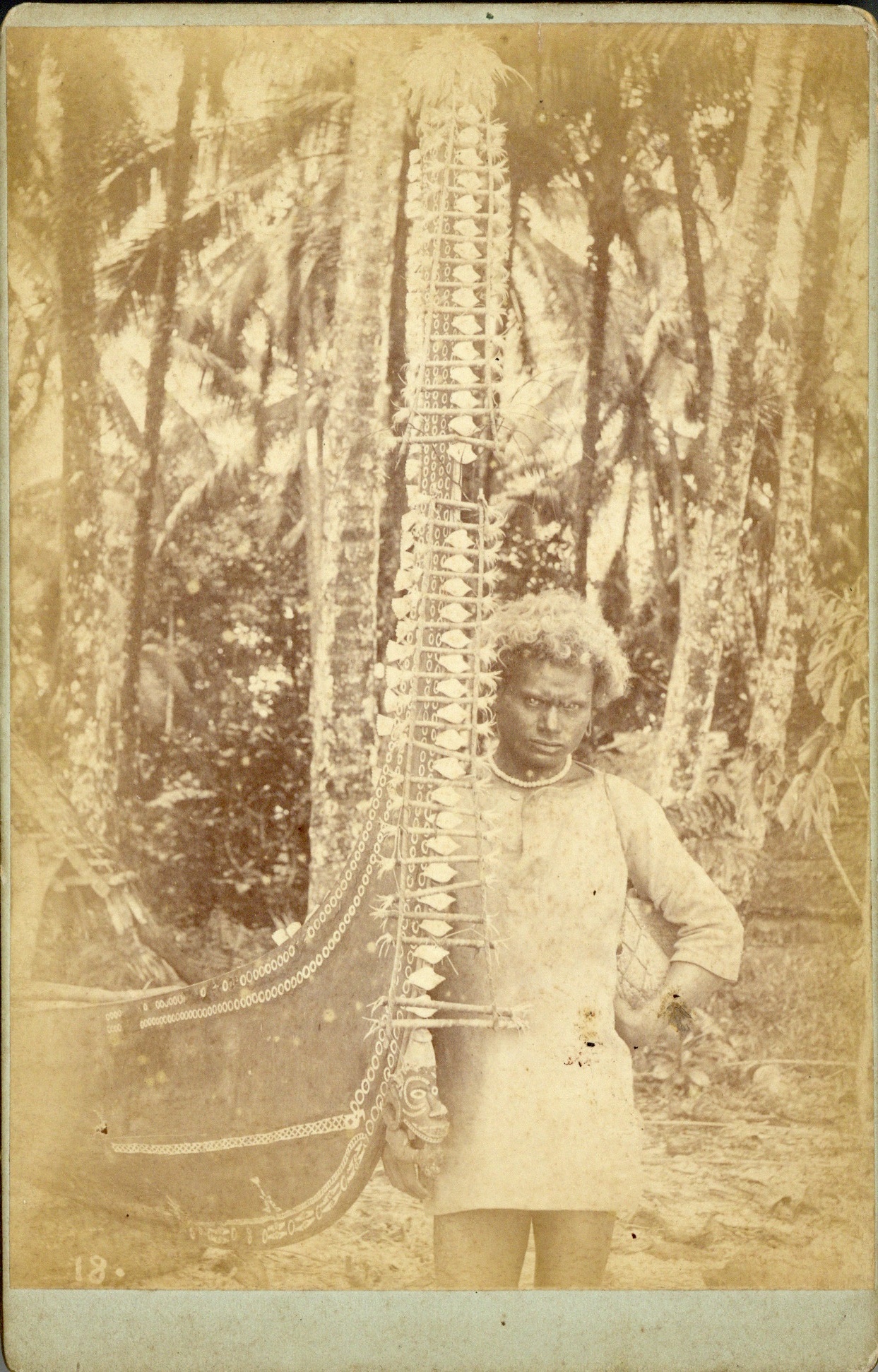
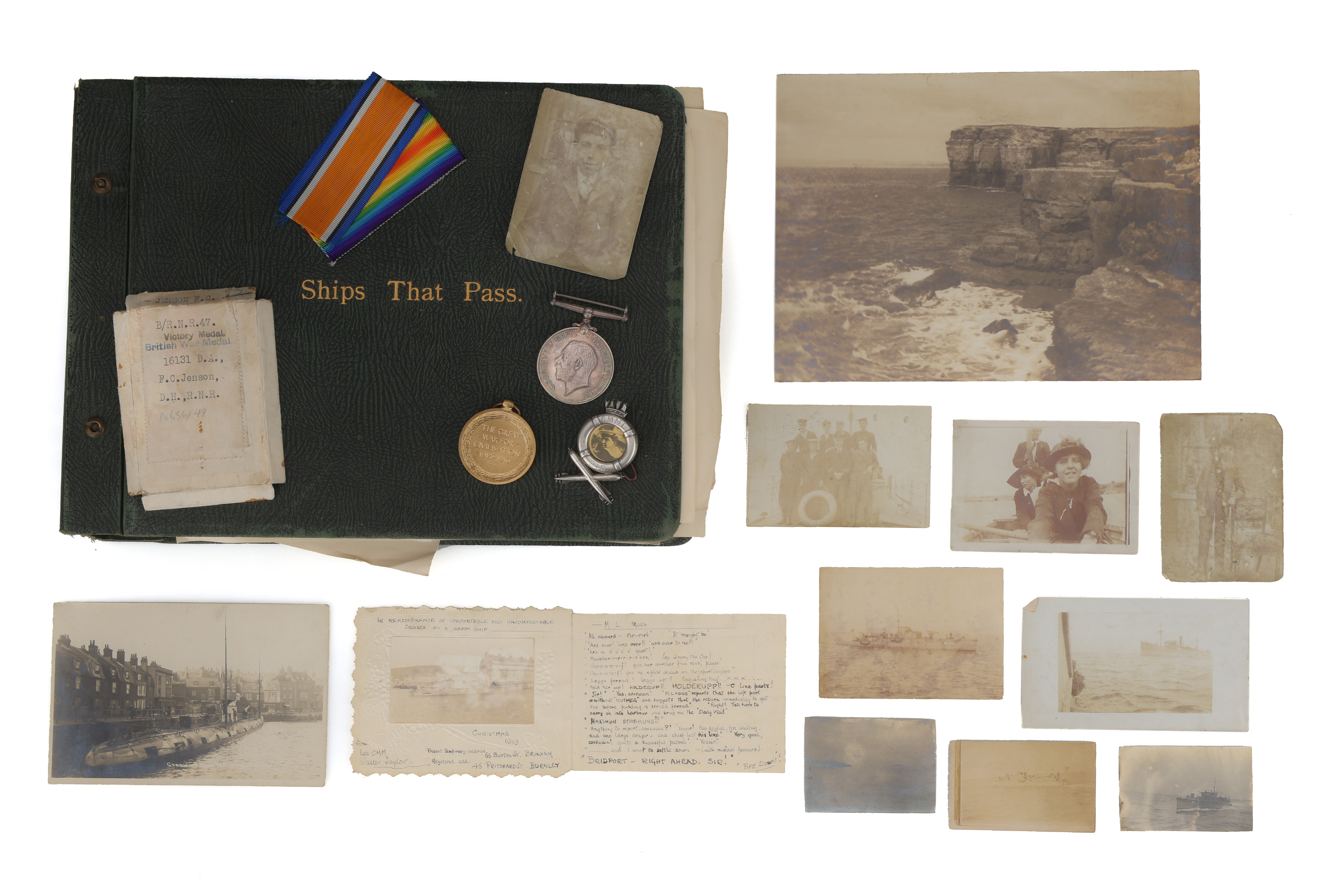
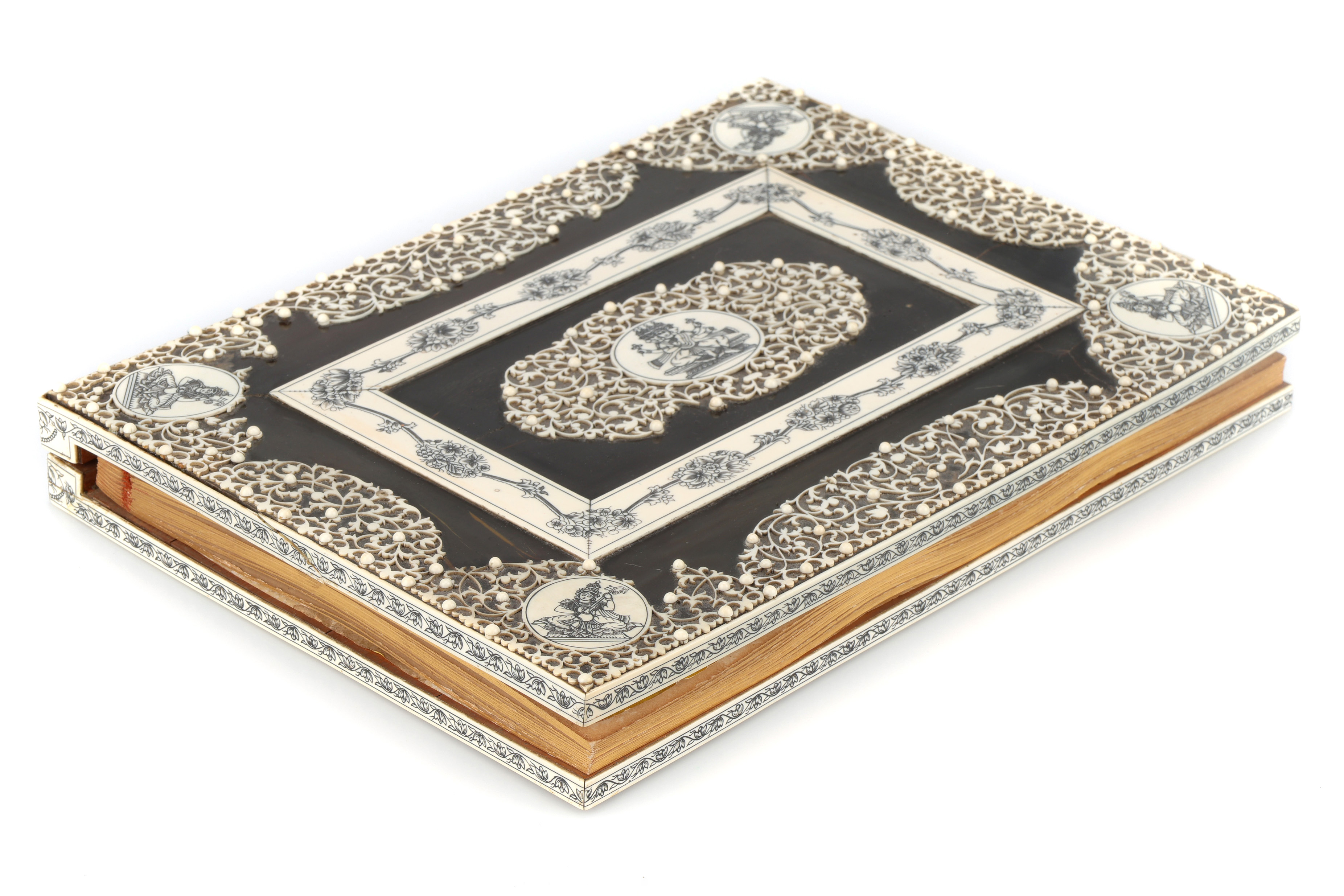
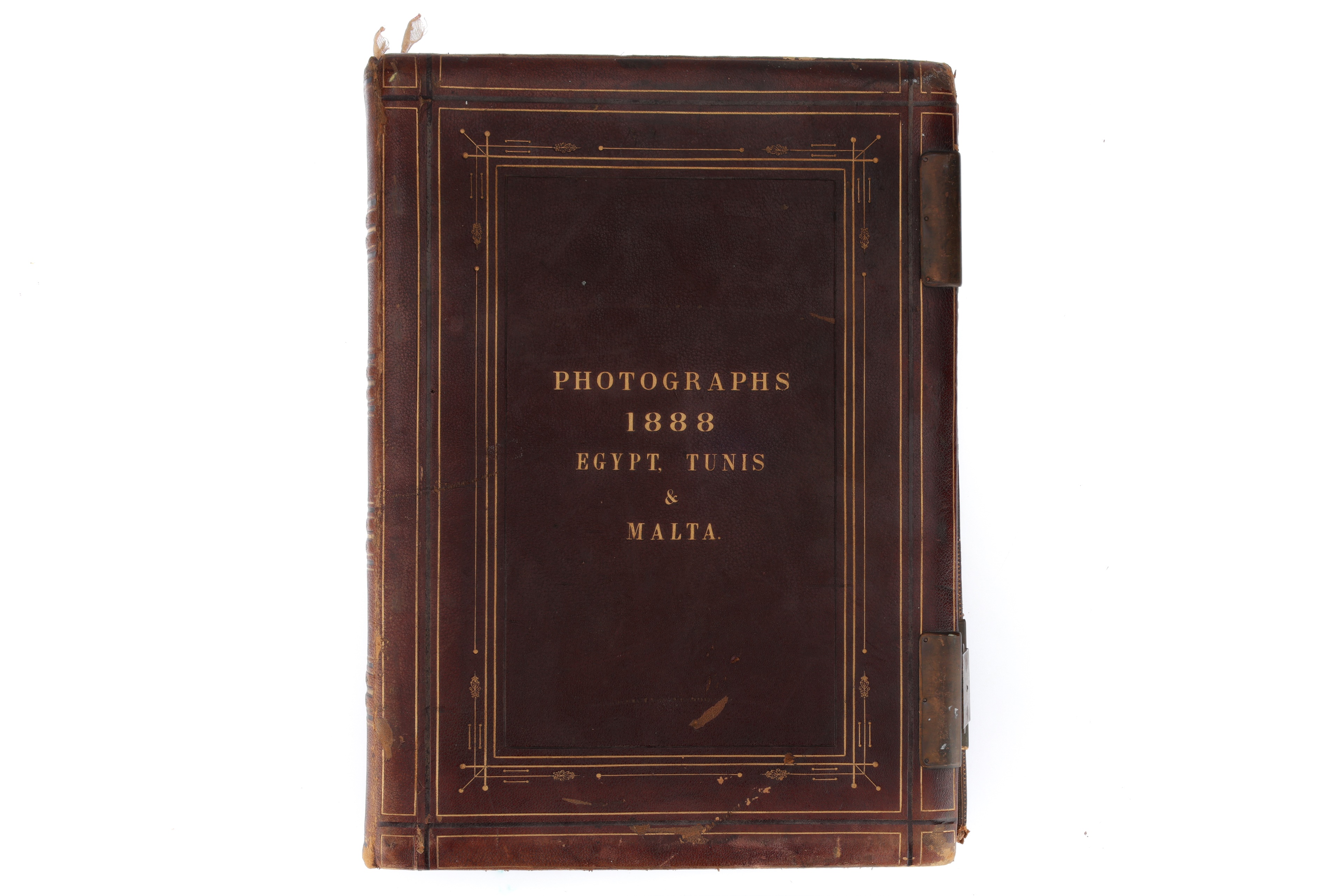
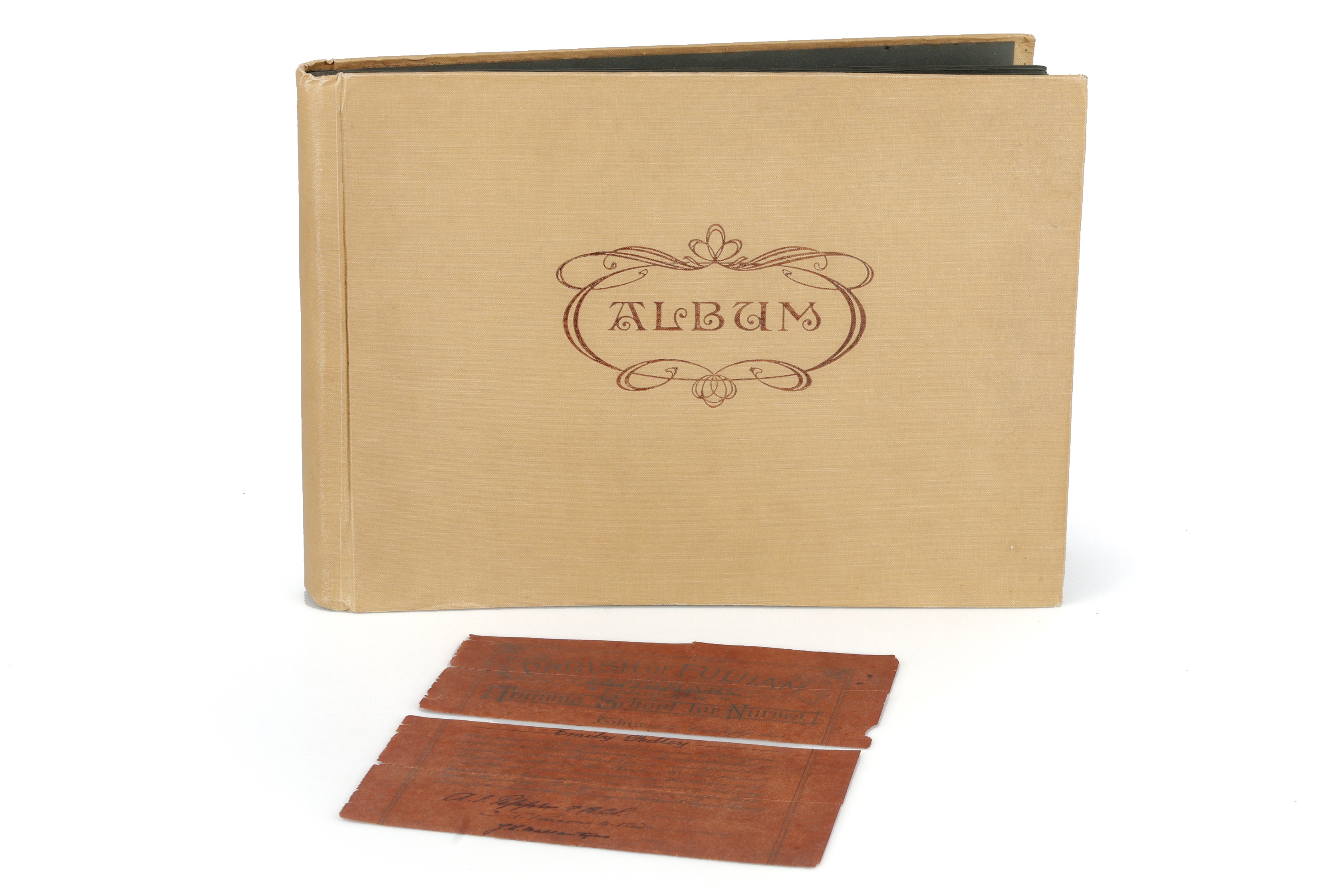
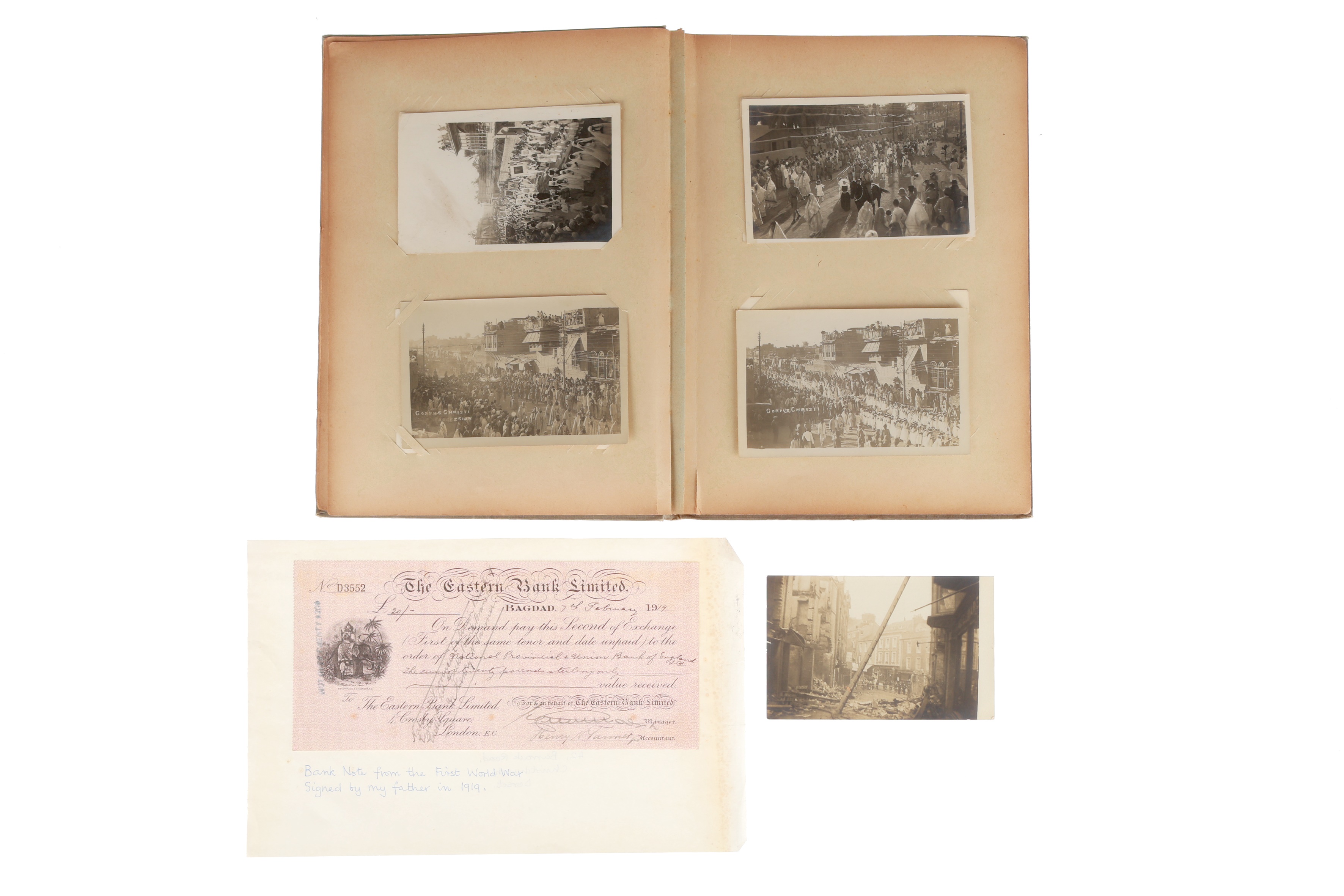
Testen Sie LotSearch und seine Premium-Features 7 Tage - ohne Kosten!
Lassen Sie sich automatisch über neue Objekte in kommenden Auktionen benachrichtigen.
Suchauftrag anlegen